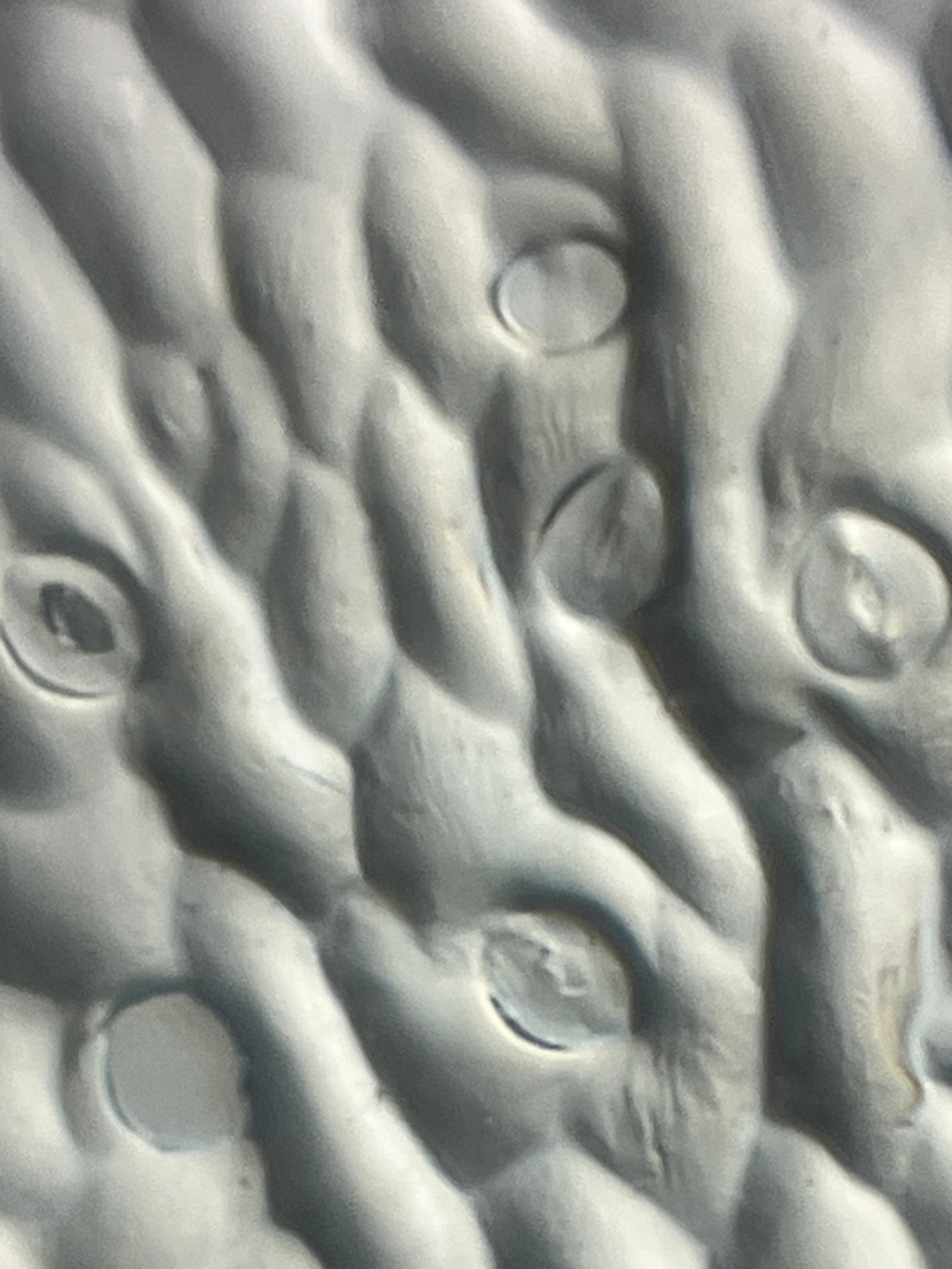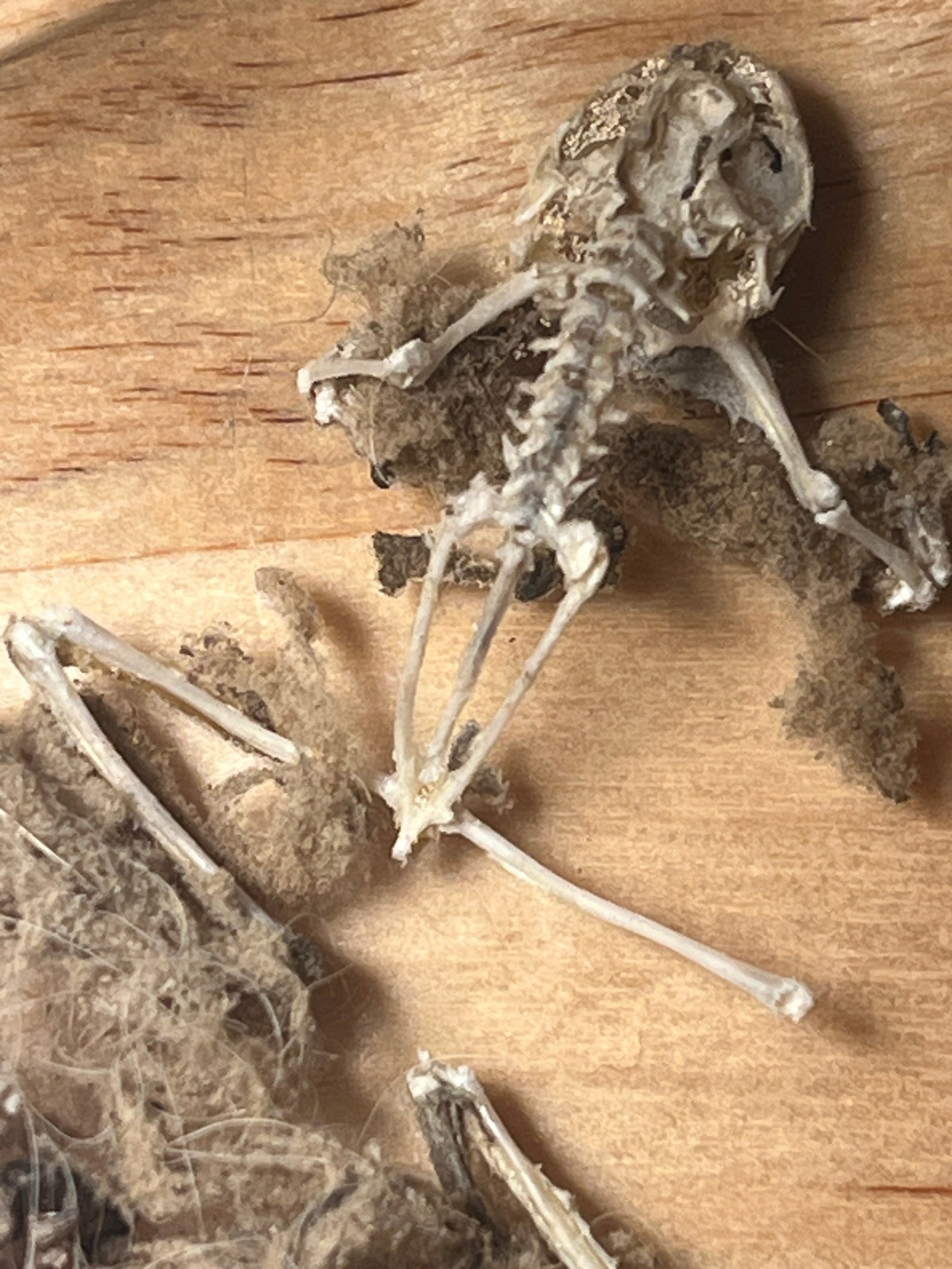Question:
Can you learn more by observing less?
Background:
Scientific learning comes from making observations. Observations are based on our five senses: seeing, hearing, touching, tasting, and smelling. Take a moment and observe the space around you right now. When you really think about it, there is a lot to take in! And yet we are able to navigate through the world without feeling overwhelmed by this sensory overload. While it is important to use all of your senses to understand the big picture, this blog post is going to help you focus on just a fraction of what you are able to observe. And by focusing on the small, you might be amazed by just how much more you can learn.
Directions/Procedure:
When you were younger, you may have “made binoculars” by curling your fingers into circles and holding them up to your eyes. This is the concept we are going to explore. By holding your hands up to your eyes and looking through the circles, you are blocking out everything in your periphery and focusing only on what is in the circles. This is an activity you can do with very few materials: something to make a circle to help you focus (it can be a rubber band, a hula hoop, a string tied into a loop), paper, and something to record your observations (choose your favorite pens, pencils, colored pencils, etc.).

- Scope out your spot
- Find a space that you want to focus on (this would be a great opportunity to head outside!) and place the circle around it.
- Make observations
- Now this is where the fun (and the challenge) begins - you can only record information about what is inside the circle! What do you see?
- Notice the variety of colors and how shadows can cause the colors to change.
- Do you see bugs crawling through your circle? Listen closely to the noises that they make as they walk over the grass.
- When you (assuming it is safe) carefully touch the things inside of your circle, do you feel the different textures?
- Again, if it is safe to do so, take a deep breath over your circle. Are there any scents that you can smell when you get close to the space within your circle?
- Record observations
- As you are making your observations, write everything down on your paper. Recording observations is an important part of being a scientist.
- You can (and should) use a combination of words and pictures. You can draw the entire scene or focus on drawing each separate element in your space with labels detailing all of your observations for each object.
- The point is to fill up your paper with as much information as possible.
- Reflect on observations
- After you have completed the activity, take a moment to reflect on what you recorded on your paper.
- Did you learn anything about your space?
- Do you have questions about what you observed?
- Are there other spaces you want to explore with this level of detail?
- Write these down too so you don’t forget!
Scientists From the Past:
When Antoni van Leeuwenhoek (1632 - 1723) first peered through the lens of his microscope and observed life forms that no one had seen before, he discovered the power of careful intentional focus. Artists of the time, such as Johannes Vermeer (1632 - 1675) created art that used light in new and innovative ways because he knew how to closely observe his subjects using these convex lenses similar to those used in a microscope. Imagine what you can discover and create by trying out this technique!
Extension:
While this activity puts a strong emphasis on NGSS Crosscutting Concepts (specifically (1) Patterns, (2) Scale, Proportion, and Quantity, and (3) Structure and Function) and Science and Engineering Practices (in particular (1) Developing and Using Models, and (2) Obtaining, Evaluating, and Communicating Information), it is important to note that this activity can lead to a multitude of interdisciplinary ideas.

This can lead to a discussion about the sense of time and place in Social Studies, perspective in an English class, ratios and proportions in Math, or color theory in an Art class. The possibilities are endless and are limited only by your imagination!
Connect:
Make sure to share your observations, reflections, questions, experiments, and extension activities that resulted from this deep observation technique. Also, try using the view inside your Foldscope to make these focused observations. Compare your drawing with a photograph of the microscopic view and share it with others. Foldscope’s Microcosmos is a great place to share your discoveries and connect with other citizen scientists around the world. Who knows what you might be inspired to try next!



